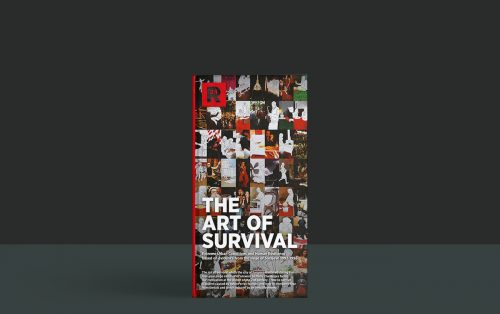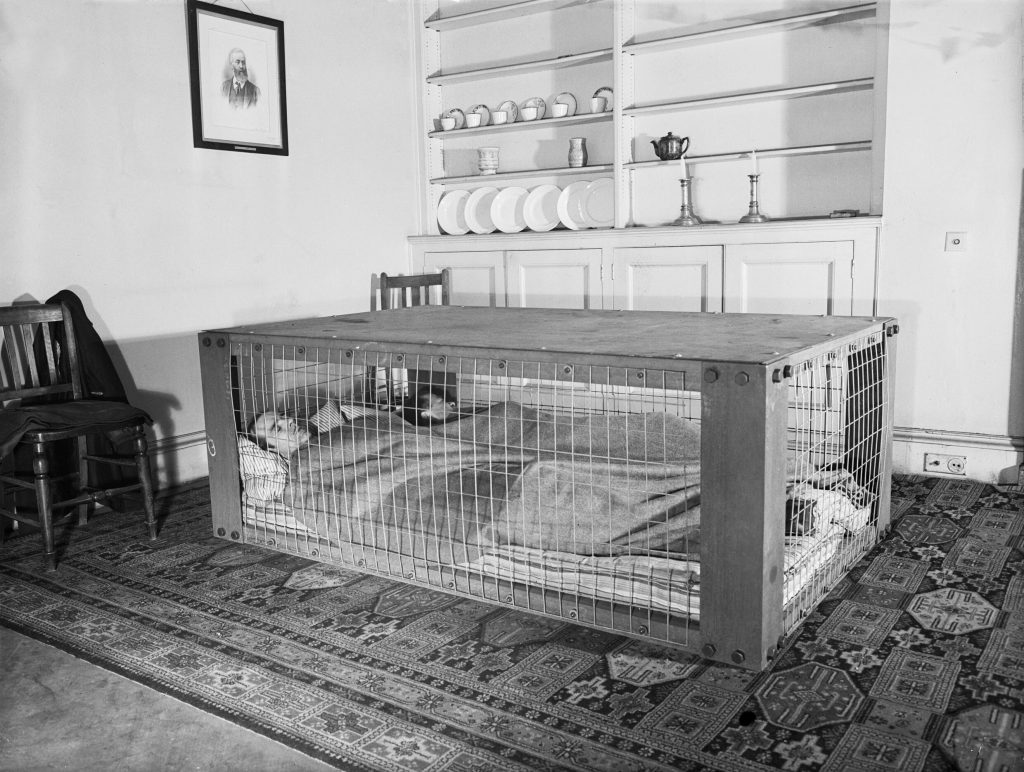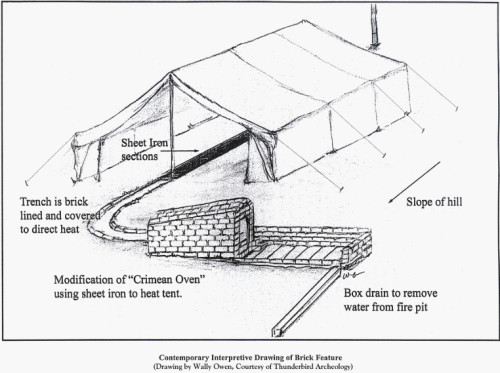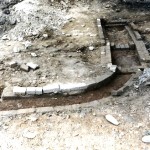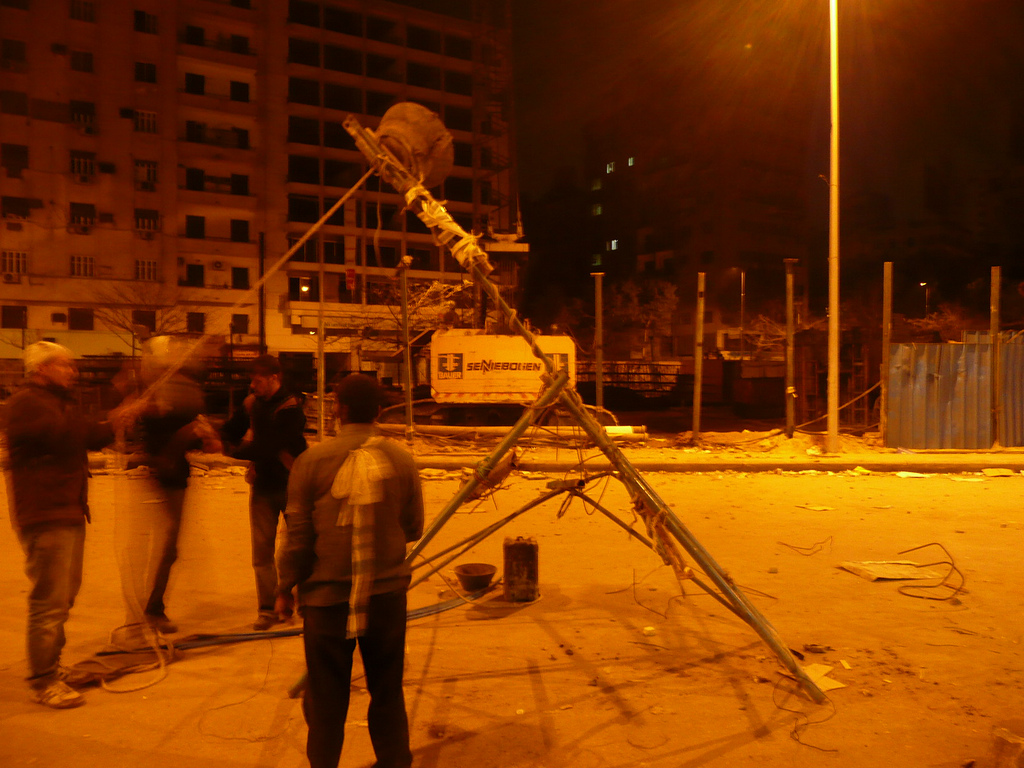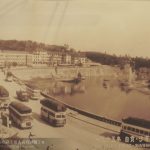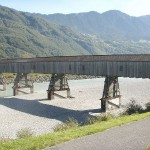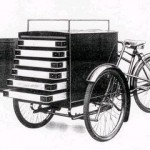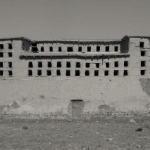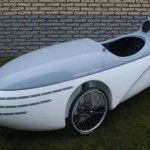“Following the 21st century radical changes on this planet, we have realized it was high time for us to give new contribution based on evidence from the siege of Sarajevo experience (1992-1996), to the urgent need of establishing a resilience module – for the sake of terrified individuals and unprepared societies alike. Extreme urban conditions produced a parallel civilization in which creativity was a basic necessity. The process of adaptation left no space for stagnation and helplessness. Work was the law of mental and physical survival.
“Working towards resilience kept people’s minds occupied – work eliminated thoughts that could destroy their motivation. It was necessary to establish a balance in the extreme urban conditions of life. This was done through creating peaceful, simple, normal situations, according to one’s personal needs. During the siege, the continuation of normal life in the city, the continuation of creativity, was as important as bread or medicine or water for all citizens of Sarajevo.”
“In this book we are not presenting a theory, but a real life evidence of an open mind potential to win in the face of the unknown, the new, the uncertain and the unthinkable. We believe that citizens who lived the Sarajevo siege present an example of hope for mankind facing serious threats and the changes so far unthinkable on this planet of ours.”
Read more and download the book: The Art of Survival. Extreme Conditions and Human Resilience: The Siege of Sarajevo 1992-1996, Suada Kapiç. Thanks to Jere Kuzmanic.
